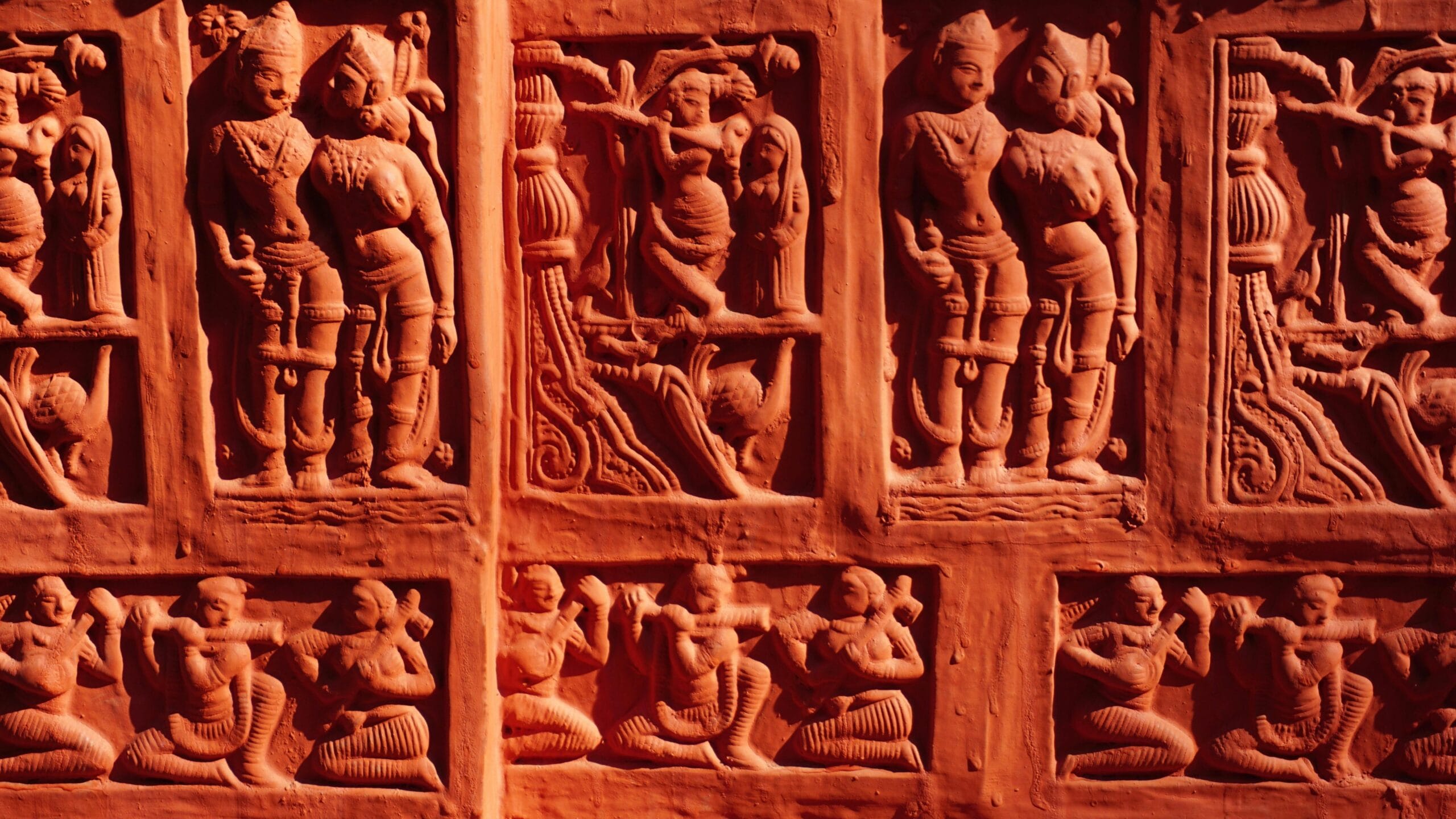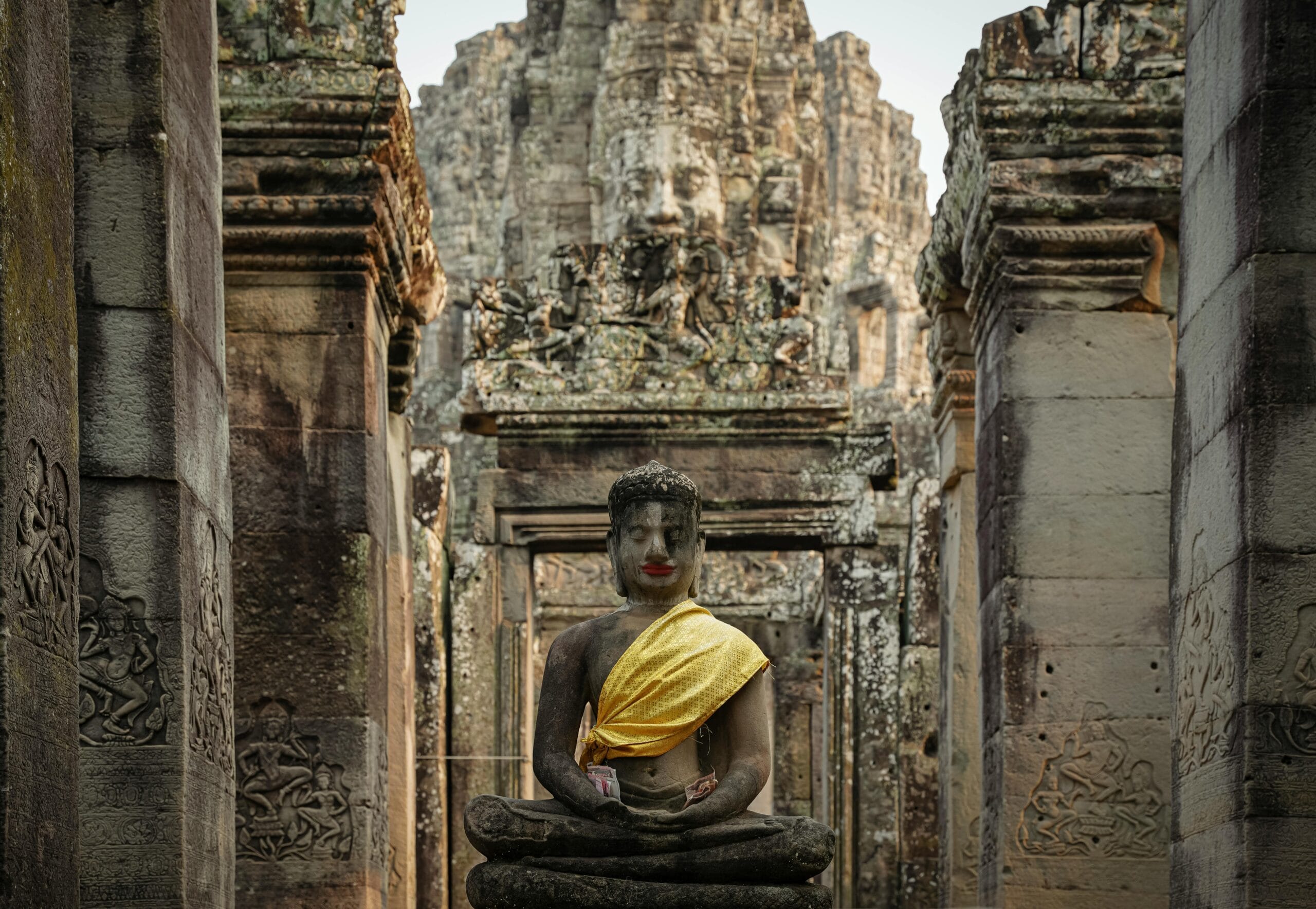Introduction: Demystifying the Upanishads
The Upanishads have been lauded by many as profound sources of knowledge and wisdom, attracting attention from psychologists, scientists, and philosophers worldwide. However, a closer look reveals a different picture. This article delves into the reality of the Upanishads, exploring controversial passages and questioning their widespread praise. Are the Upanishads a timeless well of wisdom, or a historical artifact viewed through rose-tinted glasses?
Table of Contents:
- What are Upanishads?
- Controversial Content in Upanishads
- Discrepancies in Interpretation
- The Role of Gita Press
- Historical and Social Context
- The Myth of Wisdom of the Upanishads
- Critiques and Scholarly Views
- The Untruth of Scientific Knowledge
- The Real Meaning of Vidushi
- How was first woman created?
- What can you do?
What are Upanishads?
The term “Upanishad” is derived from the Sanskrit words “upa” (near), “ni” (down), and “shad” (to sit), implying the practice of sitting near a guru to receive instruction. Traditionally, these teachings were imparted to young, undeveloped minds, often in secluded forest settings.
The Number of Upanishads
According to the Muktikopanishad, the number of Upanishads is 108. However, many scholars believe that only 12 are the oldest. These older Upanishads are often considered more authoritative.
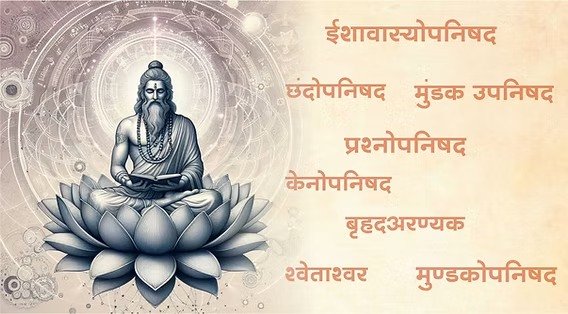
Historical Context of Upanishads
The Upanishads emerged before the Vedas were properly understood. Shankaracharya, who lived in the 9th century AD, is considered a key commentator on the Upanishads, but comprehensive knowledge of the Vedas didn’t surface until the 14th and 15th centuries with scholars like Madhavacharya and Sayanacharya. Consequently, this raises questions about the claim that the Upanishads are mere explanations of the Vedas. As such, the claim that Vedas are ancient might be false. This historical context is crucial for understanding the true nature of these texts.
Why This Matters
Understanding the historical context and content of the Upanishads is crucial to dispel misconceptions and appreciate their true nature. Many people believe that the Upanishads contain profound truths and are superior to the Vedas, while some claim they explain the Vedas.
It’s also important to note that the current understanding of Upanishads might be influenced by later interpretations. Some claim that the Bhagavad Gita is derived from the Upanishads, which is false because at the time of Shankaracharya Vedas were not widely known.
Controversial Content in Upanishads
Some Upanishads, particularly the Brihadaranyaka and Chandogya Upanishads, contain passages that are sexually suggestive. These are often promoted by figures with questionable backgrounds [insert image here -time], raising concerns about their true intentions.
Chandogya Upanishad: Sexual Instructions
The Chandogya Upanishad provides instructions on how men should interact with women, including specific rituals before and during sexual acts. For instance, it advises men to “worship” a woman before engaging in intercourse. It also suggests offering her clothing and flattering words to please her. Here are some specific examples:
Worship and Flattery
The text advises men to first worship the woman they desire and then please her with clothing and flattering words before engaging in sexual activity.
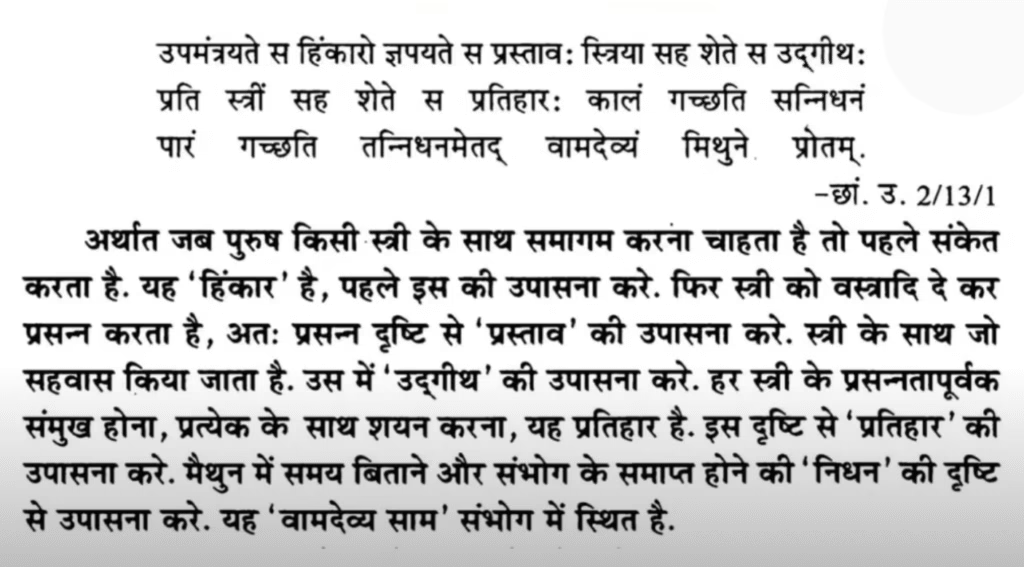
Every Woman
The text suggests that a man should not reject any woman and should engage in sexual relations with all women. This interpretation is highly controversial and contradicts traditional moral standards.
Brihadaranyaka Upanishad: Graphic Descriptions
The Brihadaranyaka Upanishad contains explicit descriptions of sexual acts. It compares a woman’s genitals to a sacrificial fire and describes the act of intercourse in graphic detail. Here are some specific examples:
The Female Genitals as Fire
The text graphically compares a woman’s genitals to a sacrificial fire, complete with fuel, smoke, and embers. This explicit imagery is highly controversial.
Semen as Offering
The text equates the act of intercourse with a religious offering, suggesting that the semen is an offering to the fire. This comparison is seen as degrading to women.
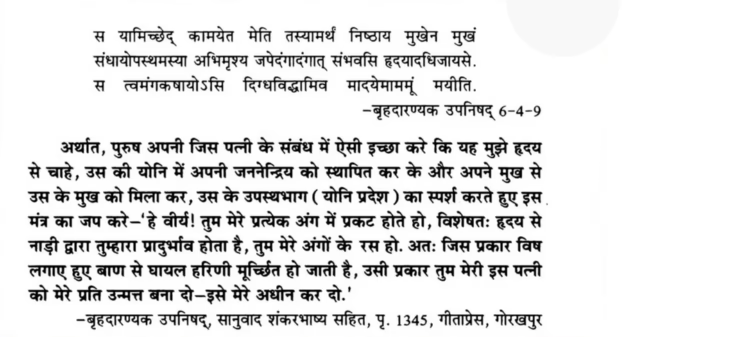
Discrepancies in Interpretation
The interpretations of these passages vary significantly. Some scholars argue that they are symbolic, while others interpret them literally. Shankaracharya, in his commentary, attempted to soften some of the more explicit passages, but even his interpretations have been questioned.
Shankara’s Commentary
Shankara, a prominent philosopher, attempted to soften some of the more explicit passages. However, critics argue that he altered the original meaning to make the texts more palatable.
Missing Translations
Notably, certain passages have been omitted from English translations of the Upanishads, further highlighting the controversy surrounding their content. If key passages are omitted from translations, can we truly claim to understand the complete picture presented by the Upanishads?
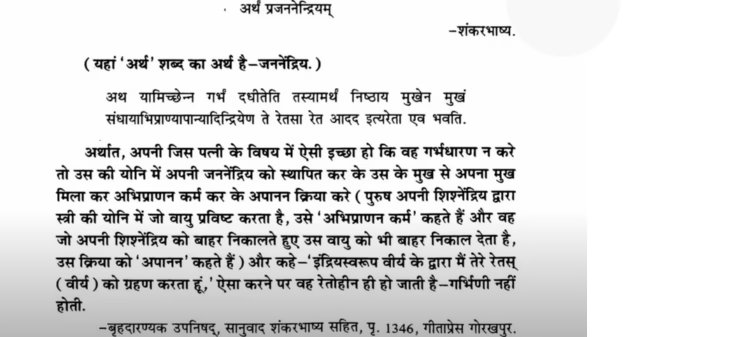
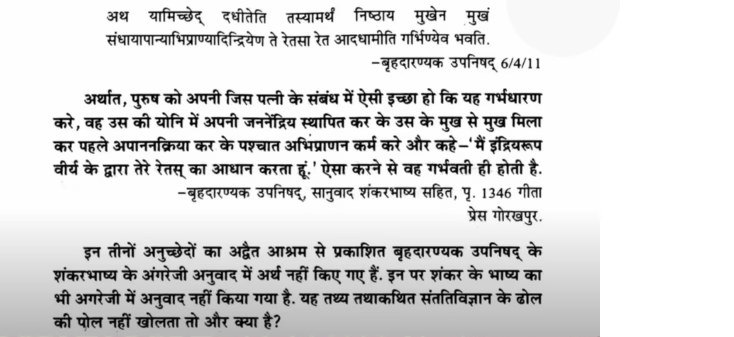
The Role of Gita Press
Gita Press, a renowned publisher of Hindu religious texts, excludes the Brihadaranyaka and Chandogya Upanishads from its collections. This omission is significant, considering these are the very texts containing the most contentious material. Therefore, it is vital to understand why such exclusions occur.
Selective Exclusion
Gita Press selectively excludes these texts, raising questions about the appropriateness of their content for general consumption.
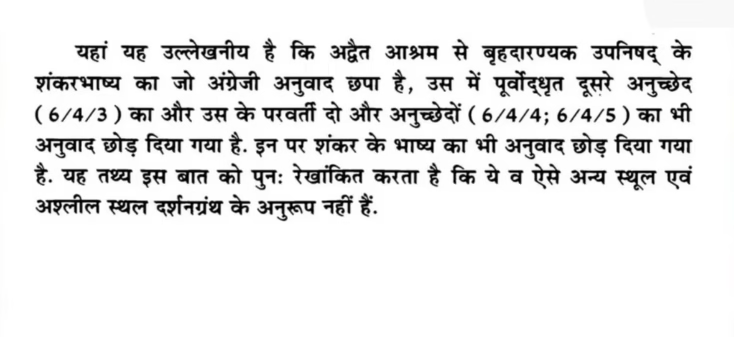
Implications
This exclusion suggests that even within religious circles, there is an acknowledgement of the problematic nature of these texts.
Historical and Social Context
The Upanishads were written in a specific historical and social context, which may explain some of the controversial content. However, this does not excuse the explicit and often objectifying nature of the texts.
Vedic Society
The texts reflect the values and norms of ancient Vedic society, which may have differed significantly from modern sensibilities.
Influence on Gurus
The Upanishads have been used by some gurus to justify their actions, leading to exploitation and abuse.
The Myth of Wisdom of the Upanishads
The common claim that the Buddha drew wisdom from the Upanishads is unfounded. There is no evidence to support this assertion. Moreover, the explicit content of the Upanishads stands in stark contrast to the Buddha’s teachings.
Contradictory Teachings
The explicit and often objectifying content of the Upanishads stands in stark contrast to the Buddha’s teachings on compassion, detachment, and moral conduct.
Lack of Evidence
There is no historical or textual evidence to suggest that the Buddha was influenced by the Upanishads. In fact, the Upanishads are comparatively more recent.
Critiques and Scholarly Views
Several scholars have criticised the Upanishads for their explicit content and lack of philosophical depth. Dr. Surendra Kumar Sharma, in his book Upanishad Agnyat, critiques the Upanishads for their sexual explicitness.
Dr. Sharma’s Critique
Dr. Sharma describes the Upanishads as indicative of the mental state of their authors, who were obsessed with sex. He argues that these texts should be considered kama (desire) texts rather than spiritual texts.

Dev Dutt Shastri’s Observation
Dev Dutt Shastri, in his book Upanishad Chintan, expresses shame and revulsion at the content of certain passages, stating that they are lascivious and inciteful.
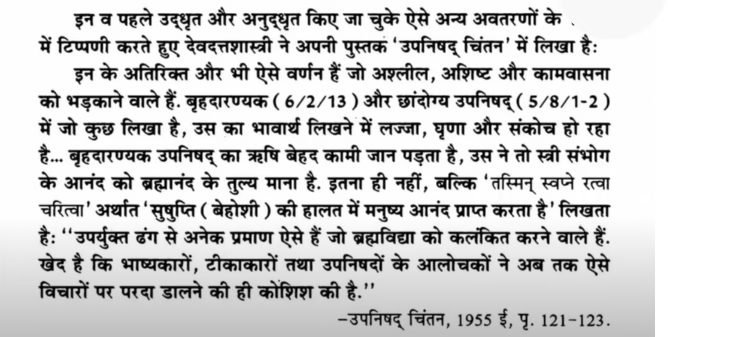
The Untruth of Scientific Knowledge
Some claim that the Upanishads contain scientific knowledge, such as methods for conceiving children of specific complexions [insert image here -time]. However, these claims are baseless and contradict modern scientific understanding. Here’s how these texts claim to have control over child characteristics and why they don’t make sense:
Desired Complexion
The Brihadaranyaka Upanishad claims that if a man desires a son with a fair complexion, he should cook rice with milk and ghee and consume it with his wife. However, this is scientifically absurd. The color of a child’s skin is determined by genetics, not diet.
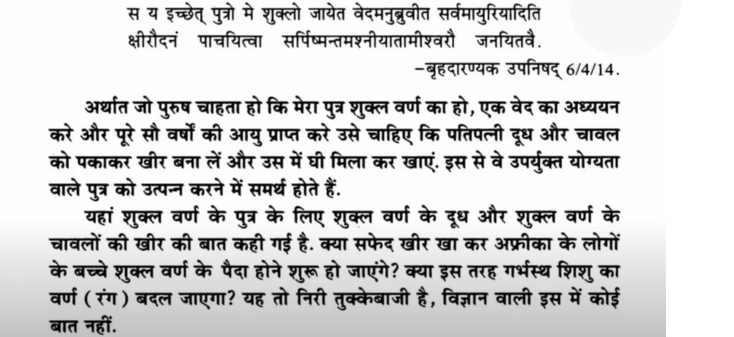
The Absurdity of the Claim
There is no scientific basis for the claim that consuming specific foods can influence the color of a child’s skin. Genetics, not diet, determines skin color.

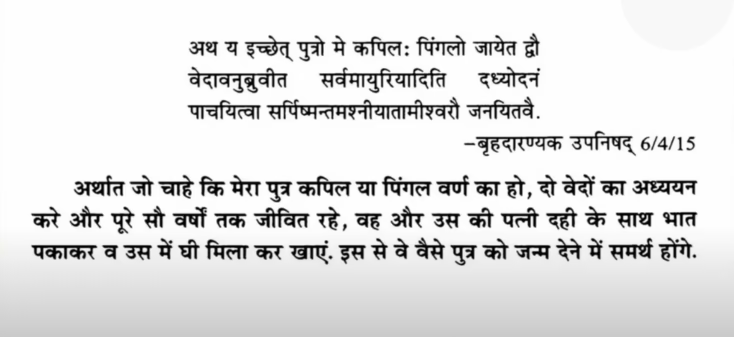
Intellectual Daughter
The text also suggests that if a man desires a learned daughter, he should cook rice with sesame seeds and ghee and consume it with his wife. Again, this is scientifically unfounded. Intelligence is influenced by a complex interplay of genetic and environmental factors, not diet.
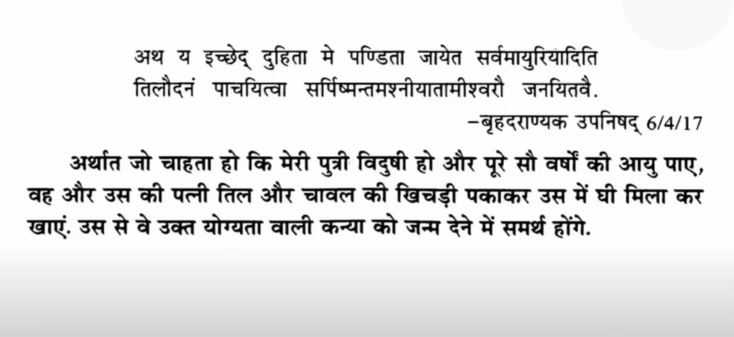
Undermining Women
The text claims to offer a way to have a “learned” daughter. The scriptures suggest that intellect for women is derived from domestic skills not intellect.
The Real Meaning of Vidushi
The Upanishads suggest that a learned daughter means the one who knows how to manage household work. This is nothing but enforcing patriarchy. In this context, understanding the true meaning of “Vidushi” becomes crucial.
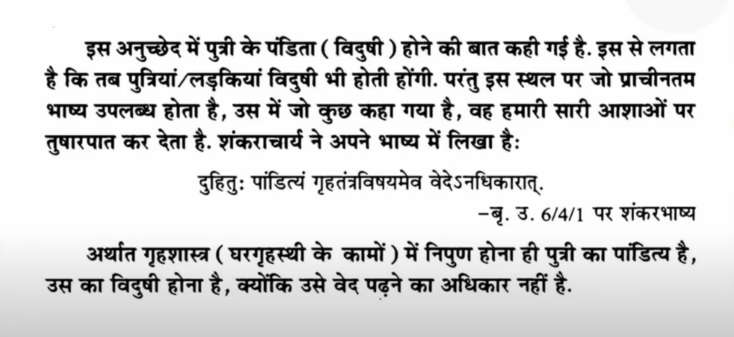
Gender Bias
The teachings of the Upanishads are gender-biased, as women don’t have the right to study the Vedas according to them. The same is hidden by the so-called intellectuals.
How was first woman created?
The renowned Prajapati thought, “Let me create a suitable foundation (base ground) for establishing this virility/semen.” Therefore, he created a woman. Having created her, he worshipped/attended to (upasana) her lower part (prescribed the act of copulation). Therefore, one should worship/attend to (upasana / sevan – serve/engage with) the lower part (nether part) of a woman. Prajapati directed this excellent, mobile, stone-slab-like generative organ (phallus) (having produced it) towards the woman’s (vulva), and with that, he had intercourse with this woman.
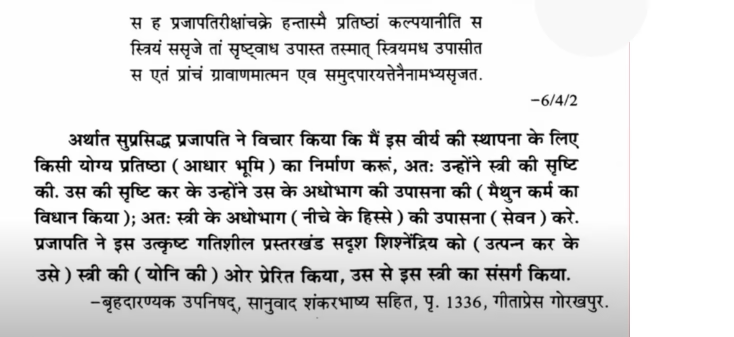
We will continue this series and reveal other parts of the Upanishads. Meanwhile, you can read further from the Shankarbhashya from 6/4/2. Spoilers: It gets even darker.
What can you do?
Approach the Upanishads with a critical and discerning mind. Don’t blindly accept claims of wisdom or scientific knowledge. Instead, examine the texts in their historical and social context, and compare their teachings with modern scientific understanding. It is important to question and challenge those who use these texts to promote harmful ideologies. Take these points in consideration:
- Analyse the scriptures in the light of current societal norms.
- Question the claims by religious leaders blindly.
- Promote Ethical Interpretation of the scriptures.
Disclaimer:
- Upanishad: Ancient Sanskrit texts containing philosophical concepts and teachings.
- Vedas: The oldest scriptures of Hinduism, consisting of hymns, prayers, and rituals.
- Shankaracharya: An influential Indian philosopher and theologian who consolidated the doctrine of Advaita Vedanta.
- Gītā Press: A publisher of Hindu religious texts, known for its affordable editions.
- Brihadaranyaka Upanishad: One of the oldest and largest Upanishads, known for its complex philosophical teachings.
- Chandogya Upanishad: Another ancient Upanishad, known for its teachings on rituals and meditation.
- Vidushi: In the context of this article, the meaning of a “learned” or “intellectual” woman according to the Upanishads is questioned.
- Bahupatni Vivah: The practice of a man having multiple wives.
- Shukla Varn: Fair complexion or white colour.
Read more about ancient Hindu science.
Read more about the Truth of Sati Pratha.
Do you disagree with this article? If you have strong evidence to back up your claims, we invite you to join our live debates every Sunday, Tuesday, and Thursday on YouTube. Let’s engage in a respectful, evidence-based discussion to uncover the truth. Watch the latest debate on this topic below and share your perspective!





